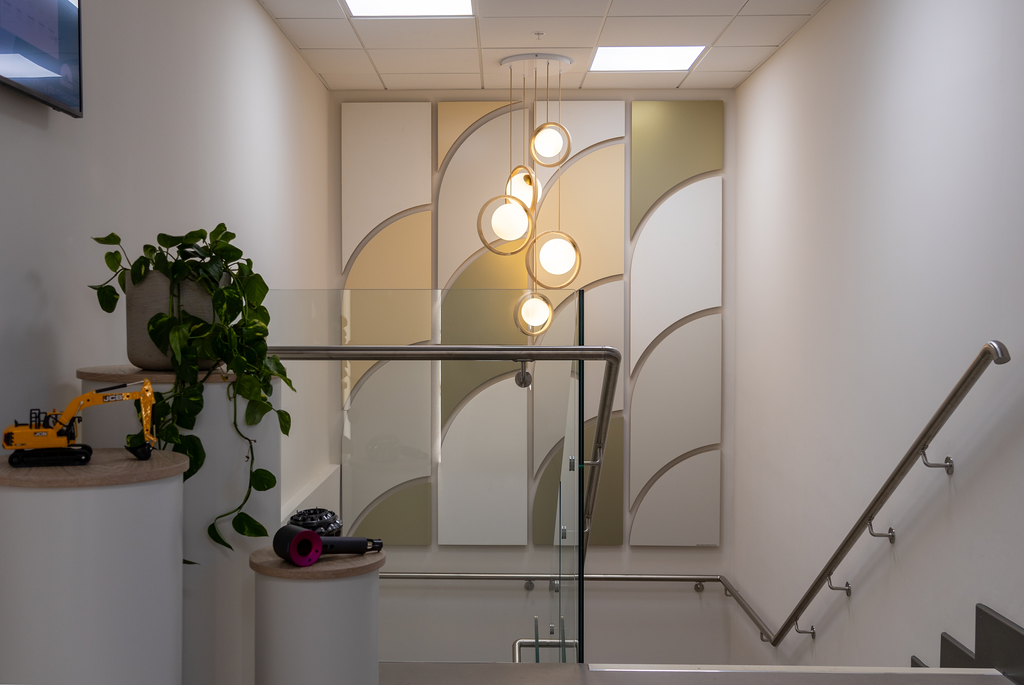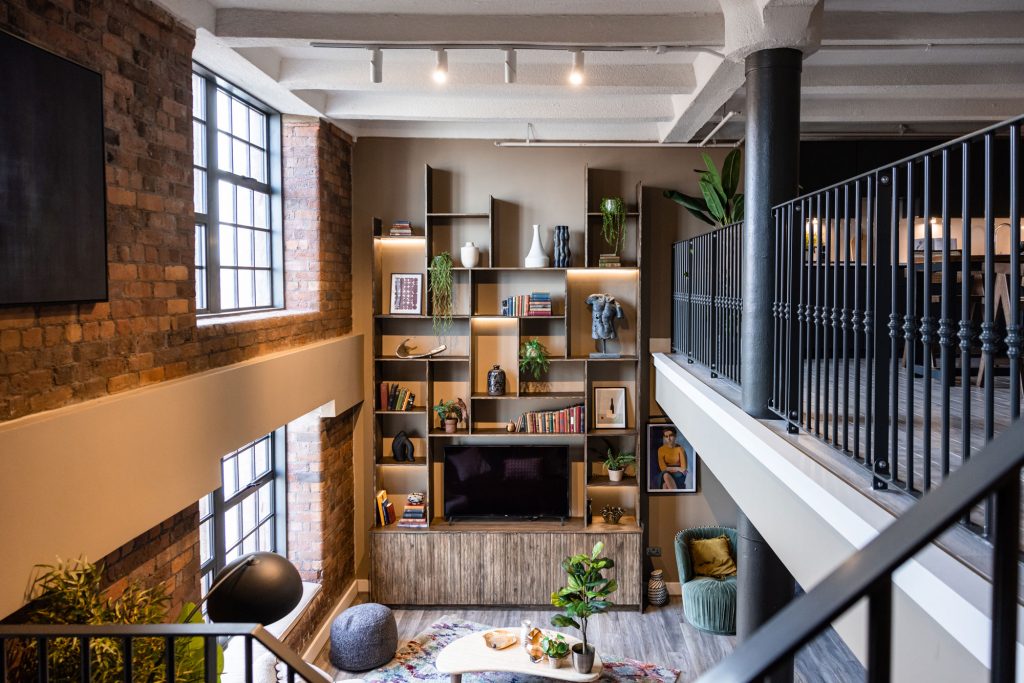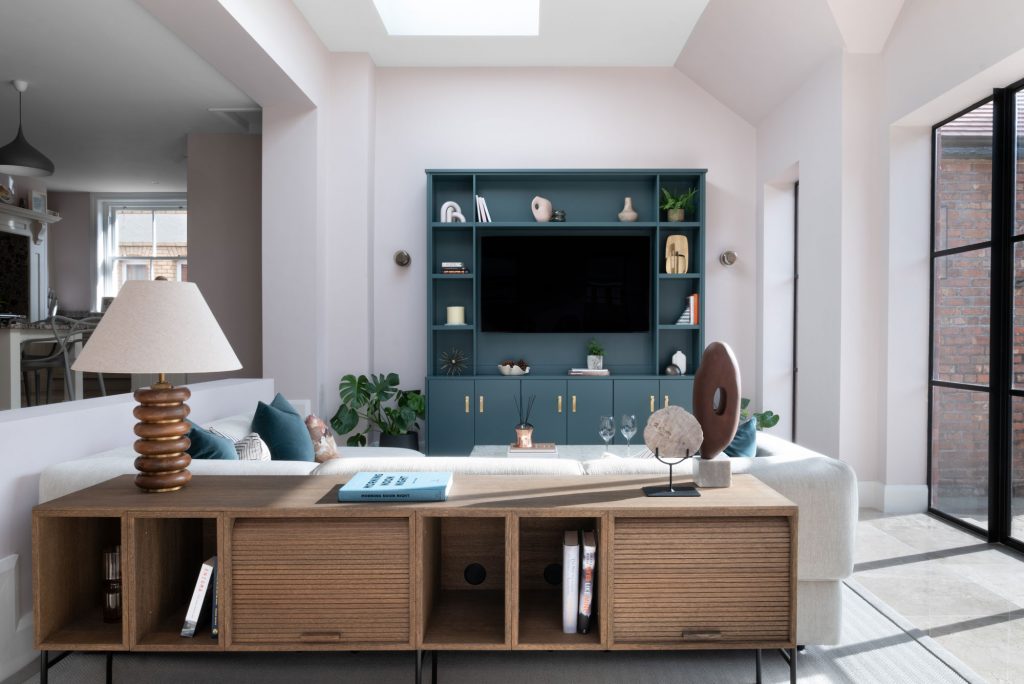A statement piece brings a room to life. It’s a feature that immediately catches your eye, sets the tone for the space, and makes it feel unique.
But how do you choose the right piece for your project?
The answer isn’t as simple as just picking something bold or expensive. A statement piece should feel natural in the space, complementing its surroundings while adding a layer of personality and interest.
The challenge is that no two rooms, homes, or clients are the same. What works in one space might feel out of place in another. Some homes have striking architectural details that deserve to be highlighted, while others need something extra to inject character.
And then there’s the matter of personal style – what feels like a statement to one person might not make an impact on another.
At Natalie Holden Interiors, we approach statement pieces as part of a wider design conversation. We don’t believe in forcing something to stand out for the sake of it. We prefer to focus on how a space feels and how a statement piece can enhance it.
Here’s how we guide our clients through the process of choosing the perfect statement piece.

Step 1: Consider the space and its needs
Before thinking about what the statement piece should be, start by thinking about the space itself. Every room has its own story, and a statement piece should fit naturally within it.
Here are some of the questions we ask:
- • Is there already a natural focal point? If a room has high ceilings, intricate cornicing, or an original fireplace, the statement piece should work with these features rather than competing against them.
- • Does the room need an anchor? In open-plan spaces, a statement piece can help define different zones and give the room a sense of structure. In a closed space it can help the space to feel bigger, or more focused on function.
- • Is the space lacking character? If a room feels flat or uninspired, a statement piece can add the depth and warmth that’s missing.
Always assess a room holistically before deciding how bold the statement should be.
Sometimes it’s about playing up an existing feature, while other times it’s about creating new features. Knowing what the space requires helps you define the statement piece’s purpose, which is step two.
Step 2: Define the purpose of the statement piece
Once we’ve understood the space, we consider what role the statement piece should play. This could be:
- • A showstopping centrepiece: Something like an oversized artwork or sculptural light fitting that immediately grabs attention.
- • A feature that ties everything together: A piece that links the colour scheme or materials used throughout the space.
- • A functional statement: Bespoke joinery or a beautifully designed furniture piece that’s both practical and eye-catching.
In our Tobacco Warehouse project, we designed a staggered shelving unit that served as both a visual focal point and a practical storage solution.
The shelving not only drew the eye to the double-height wall but also provided space for books, plants, and decorative objects that reflected the client’s personality.

Step 3: Getting the balance right
A statement piece should be bold, but it shouldn’t feel disconnected from the rest of the room. Instead of competing for attention it should enhance the space, bringing together different elements of the room in a way that feels effortless.
Scale, colour, and texture all play an important role in making sure the piece feels like a natural part of the design.
A statement piece that’s too big will dominate the room, while one that’s too small will get lost and be unable to fulfill its purpose. During the design process, we’ll use furniture layouts and mood boards with our clients to ensure these proportions are just right.
Statement pieces also don’t have to be the brightest thing in the room. Sometimes, an interesting texture or material – like a stone coffee table or a brass-framed mirror – can make just as much impact as loud colours.
It’s not just about what the statement piece is, but where it sits in the room. A well-placed light fixture can highlight ceiling details, while a bold artwork above a fireplace can create a stunning focal point.
Getting these elements right ensures the statement piece doesn’t feel like an afterthought but instead becomes a seamless part of the interior design. When carefully chosen and positioned, these pieces will bring cohesion to your space rather than disrupting it, making the entire room feel more intentional and inviting.
Step 4: Making it personal
A statement piece should tell a story – it should feel like it belongs to you and your home. That’s why we believe the best statement pieces aren’t just bold, they’re meaningful.
Whether it’s an artwork that brings back a memory, a piece of furniture that’s been passed down through your family, or a bespoke creation designed just for you, it should feel like a natural part of your space, not just something that looks impressive.
To make sure a statement piece feels truly authentic, we like to ask these key questions:
- • What inspires you?
- • Are there materials, colours, or styles that you naturally gravitate towards?
- • Do you have a collection or personal artefact that could be showcased in a unique way?
- • Have you ever been drawn to a particular piece of furniture or artwork, and if so, why?
These questions help understand what resonates, ensuring your statement piece isn’t just decorative but meaningful and deeply connected to your personal style.
This is where bespoke design often comes in. A custom-built media unit, a one-of-a-kind light fixture, or even a carefully curated gallery wall can all act as statement pieces that feel completely unique, complimenting a space in a way that supports your lifestyle and shows off your personality.

Avoiding common mistakes
One of the biggest mistakes people make when choosing a statement piece is selecting something in isolation, without thinking about how it interacts with the rest of the room. A statement piece should feel like a natural extension of the space, not an afterthought.
We often see clients purchasing statement items one at a time, only to realise later that they don’t work together when put into the same space. Without a clear design plan, this can lead to clashing elements, a lack of balance, or a room that feels disjointed.
Another common issue is incorporating too many statement pieces in one space – When everything is trying to stand out, nothing truly does.
A statement piece should enhance a room, not overpower it. The key is restraint – allowing one element to take centre stage while everything else supports it.
Bringing it all together: Choosing the perfect statement piece
Sourcing the right statement piece means knowing where to look. We often work with trusted brands that offer unique, high-quality pieces that bring something special to a space, such as:
- • Urbansuite: Contemporary furniture with bold, architectural forms.
- • Andrew Martin: Unique, characterful pieces that bring a sense of personality to a space.
- • Soho Home: A mix of timeless and modern statement furniture and lighting in a more Bauhaus style.
But choosing a statement piece is more than just picking the right brand or design – it’s about understanding how all the elements of a space work together.
The perfect statement piece isn’t about following a formula; it’s about understanding the space, the people who live in it, and what will make the biggest impact in the most natural way.
How we can help
At Natalie Holden Interiors, we specialise in helping clients find and integrate the perfect statement piece into their homes. Whether it’s a bold artwork, a stunning chandelier, or a bespoke joinery solution, we ensure that every element feels both striking and completely at home in your space.
If you’d like experienced interior designers to support your project, book a consultation with us. We’ll work with you to create a space that feels considered, personal, and beautifully put together.